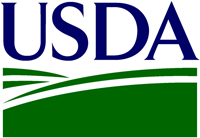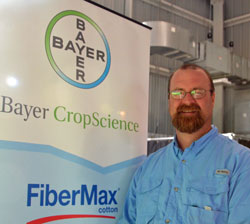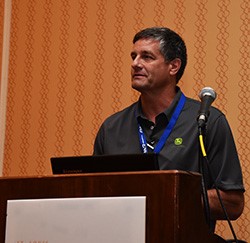 The EPA’s latest decision on atrazine is estimated to cost the agriculture industry $2.5 billion in yield losses and input costs. Farm groups are pushing back, saying the current economic state of the ag community is already in a decline.
The EPA’s latest decision on atrazine is estimated to cost the agriculture industry $2.5 billion in yield losses and input costs. Farm groups are pushing back, saying the current economic state of the ag community is already in a decline.
“Farmers cannot afford to lose access to atrazine,” said Wesley Spurlock, a farmer from Stratford, Texas, and First Vice President of the National Corn Growers Association. “The farm economy has been struggling the past few years, and this could mean the difference between a profit and a loss for many farmers.”
EPA released its draft ecological risk assessment for atrazine in June 2016, as part of the re-registration process for the herbicide. If the recommendations included within the assessment stand, it would effectively ban atrazine. EPA is accepting public comments on the assessment through October 4.
A 2012 economic analysis by the University of Chicago found that farming without atrazine could cost corn farmers up to $59 per acre. That’s a staggering cost at a time when net farm income has already declined 55 percent over the past 2 years, according to USDA figures─and one that’s bound to have repercussions across the entire agriculture industry.
“Farmers have been tightening their belts the last couple years, and we’ve seen those ripple effects throughout our rural communities,” said Spurlock. “Implement dealers sell less equipment, manufacturers scale back production, and agribusinesses lay off employees. We can’t further weaken the farm economy by taking away one of the most effective tools farmers have to combat weeds and grow an abundant crop.”
Atrazine has been an important to farmers growing corn, sorghum and sugar for more than 50 years. It controls a variety of weeds, some of which have developed resistance to other pesticides but still respond to atrazine. NCGA is asking growers to share their concerns with the EPA at www.ncga.com/atz.












